Introduction
The sugar apple, scientifically known as Annona squamosa, is a tropical fruit native to the Americas. Its unique sweetness, creamy texture, and exotic aroma make it a beloved delicacy in many parts of the world. However, one challenge that many enthusiasts face is achieving the perfect ripeness for optimal flavor. Unlike some fruits that ripen evenly on the tree or after harvest, sugar apples require a bit of patience and know-how to bring out their best qualities. This guide will delve into various methods for ripening sugar apples, ensuring you enjoy every bite to its fullest potential.
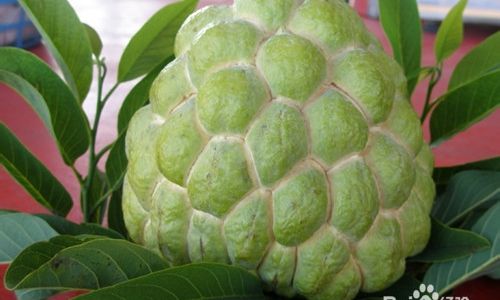
Understanding Sugar Apple Ripening
Before diving into the ripening techniques, it’s crucial to understand the natural ripening process of sugar apples. These fruits typically ripen on the tree, but they can also continue to ripen after being picked, provided they are harvested at the right stage of maturity. When a sugar apple is ready for harvest, it should have a slightly soft give when gently pressed and a uniform greenish-yellow to yellow hue. Picking too early can result in a sour, underripe fruit, while picking too late may lead to over-ripening and spoilage.
Methods for Ripening Sugar Apples
-
Natural Ripening
The simplest and most traditional method is to allow the sugar apples to ripen naturally on the tree. This ensures they reach their peak ripeness, developing both in sweetness and texture. To facilitate this, regular monitoring of the fruit is essential. Look for signs of maturity such as a change in color from green to yellow and a slight softening of the skin. Once harvested, place the fruits in a cool, dry, and well-ventilated area. They will continue to ripen gradually over several days to a week.
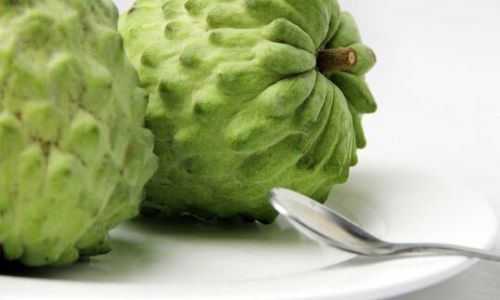
-
Paper Bag Technique
For those who have picked their sugar apples slightly early or want to accelerate the ripening process, the paper bag technique can be effective. Place the fruits in a brown paper bag and fold the top to close it loosely. The paper bag traps ethylene gas, a natural ripening hormone emitted by the fruit itself. This increased concentration of ethylene accelerates the ripening process. Check the fruits daily, as over-ripening can occur quickly in enclosed spaces.
-
Rice Method
Another method that leverages ethylene gas is the rice method. Bury the sugar apples partially in a bowl of uncooked rice. Like the paper bag, the rice acts as an insulator, trapping the ethylene gas and speeding up ripening. Be cautious with this method, as rice can retain moisture and heat, which might cause the fruit to rot if left too long. Again, monitor the fruit closely, preferably removing it from the rice once it reaches the desired ripeness.
-
Apple or Banana Companion Ripening
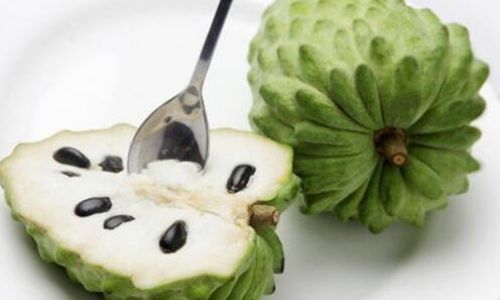
Fruits like apples and bananas are known for producing high levels of ethylene gas. Placing a ripe apple or banana in the same container or bag with your sugar apples can significantly speed up the ripening process. The ethylene emitted by these companion fruits triggers the ripening enzymes in the sugar apples. Ensure there is adequate ventilation to prevent suffocation and mold growth. Check the fruits regularly to avoid over-ripening.
-
Temperature Control
Temperature plays a vital role in the ripening of sugar apples. Warm temperatures accelerate ripening, while cooler temperatures slow it down. If you live in a warm climate, placing the fruits in a shaded, cool area can help balance the process and prevent premature spoilage. In cooler climates, you might consider using a ripening chamber or simply placing the fruits in a room with a slightly higher temperature. Avoid exposing the fruits to direct sunlight or extreme heat, as this can damage them.
-
Ethylene Gas Treatment
Commercial growers sometimes use controlled ethylene gas treatments to ripen fruits quickly and uniformly. This method is less common for home use due to the need for specialized equipment and safety considerations. However, if you have access to a controlled environment and the necessary knowledge, ethylene gas treatment can be an effective way to ripen sugar apples rapidly. Always follow safety protocols and guidelines when handling ethylene gas.
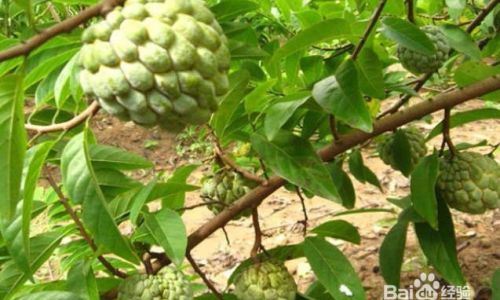
Storing Ripened Sugar Apples
Once your sugar apples have reached their optimal ripeness, proper storage is key to maintaining their quality and flavor. Ripened sugar apples should be consumed as soon as possible, as they do not keep well for extended periods. If you need to store them temporarily, place them in the refrigerator in an airtight container or plastic wrap. This will slow down the ripening process and help retain freshness for a few days. However, note that refrigeration can slightly alter the texture and flavor, making immediate consumption the best option for peak enjoyment.
Conclusion
Ripening sugar apples may require some patience and attention to detail, but the rewards are well worth it. By understanding the natural ripening process and utilizing various techniques such as the paper bag method, rice method, companion ripening, and temperature control, you can ensure your sugar apples reach their peak of sweetness and texture. Remember, the key to successful ripening is regular monitoring and adjustment based on the fruit’s progress. With these tips in mind, you’ll be enjoying the luscious, creamy delights of perfectly ripened sugar apples in no time. Happy ripening!
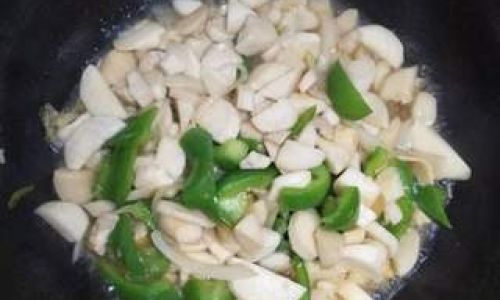


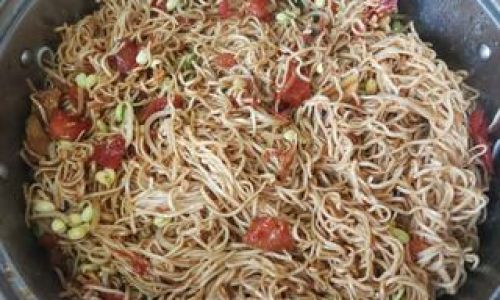

0 comments